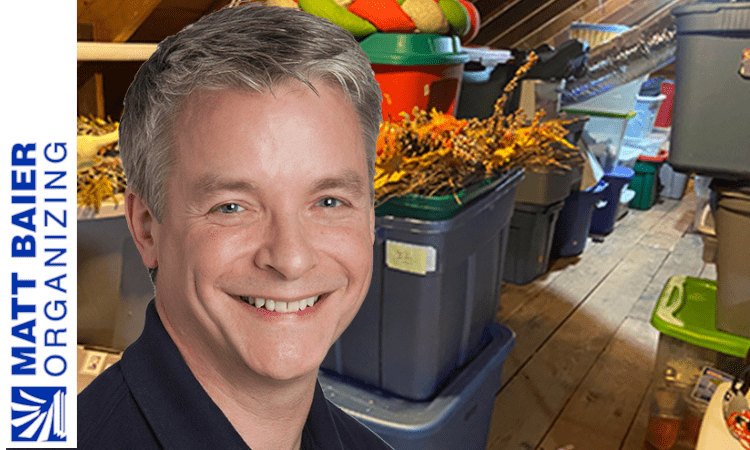Why Your Action System Isn’t Working
What action system do you used to get things done? Outlook? A Filofax? Your SmartRead More
Just Say “No” To Notebooks
Bound and spiral notebooks may make sense for taking notes in school or keeping a journal, but they are terrible for keeping you organized. I have seen thousands of (usually) half-used notebooks in my clients homes and not once have I seen one used as an effective organizing tool. I would add notepads to this list and exclude binders, which can be useful for reference material.
Gift Certificates: What Are You Saving Them For?
One of the most commonly forgotten items I find in my clients’ homes is theRead More
The To-Do Box Promise
There is a time to sort-and-purge clutter and a time to act on your to-do’s. It’s counter-productive to mix the sorting with the acting. To truly understand why these two things are incompatible, it is first important to recognize the difference between getting organized and staying organized. It’s not unlike the difference between cooking a meal and eating it. It just works better to eat a meal after it is fully cooked
Out The Door-ganizing
Once you have purged the stuff in your home down to a manageable quantity, thereRead More
Don’t Waste A Beautiful Day On Owners Manuals
If you are a true minimalist, toss all your owner’s manuals. You can get thatRead More
Remove The Friction
Life is full of stumbling blocks you have no control of. You can best equipRead More
The Five Levels of Being Organized
Being organized means different things to different people, but I have discovered five essential levelsRead More
My Least Favorite Organizing Products
My Least Favorite Organizing Products There is no rulebook for organizing products. These are justRead More
Reduce To Produce
Ever had so much stuff piled up on your desk, that you didn’t feel likeRead More
Sewing The Seeds Of Progress
Picture this. It’s a beautiful spring day and you’re meeting a couple of friends atRead More
Receipt Control
One of the most familiar items to go homeless in any work environment is the receipt. You may be frustrated with how messy they look everywhere, but the solution is never as easy as throwing them all out, because they DO matter. Not ALL of them matter, but without a clear plan, one tends to keep them all, just in case.
When Empty Is Full
One of the things that makes it so difficult for us to stay organized isRead More
Organize Before You Mobilize
One question I get all the time is “Should I get organized before I moveRead More
Paper Drain Or Paper Trap?
Would you say there is more of a paper drain or paper trap in your work environment? In other words, does paper circulate easily, like water down a drain, or does it accumulate, like water in a plugged sink? If a sink is overflowing with water, we want the plumber to fix what is plugging up the drain IMMEDIATELY!



